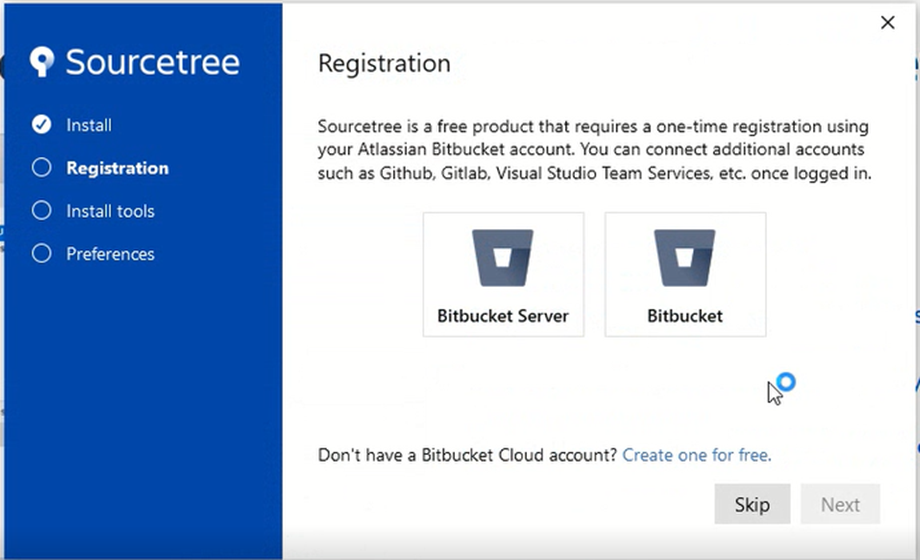

It is good practice to remove stashes that are no longer needed.

You can choose which stash you want to pop or apply by passing the identifier as the last argument: $ git stash pop $ git stash apply Cleaning up the stash Popping is preferred if you don't need the stashed changes to be reapplied more than once. Both commands reapply the changes stashed in the latest stash (that is, A stash reapplies the changes while pop removes the changes from the stash and reapplies them to the working copy. You can reapply stashed changes with the commands git stash apply and git stash pop. $ git stash On master: remove semi-colon from WIP on master: d7435644 Feat: configure graphql endpoint Retrieving stashed changes Saved working directory and index state On master: remove semi-colon from schema To add a description to the stash, you can use the command git stash save : $ git stash save "remove semi-colon from schema" However, this limited amount of information isn't helpful when you have multiple stashes, as it becomes difficult to remember or individually check their contents. Stashes are saved in a last-in-first-out (LIFO) approach: $ git stash WIP on master: d7435644 Feat: configure graphql endpointīy default, stashes are marked as WIP on top of the branch and commit that you created the stash from. You can view your stashes with the command git stash list. (1/1) Stash this hunk ? Listing your stashes To stash specific files, you can use the command git stash -p or git stash –patch: $ git stash -patch

git stash -a or git stash -all stash untracked files and ignored files.git stash -u or git stash -include-untracked stash untracked files.You can use additional options to let git stash take care of untracked and ignored files: Usually, you don't need to stash untracked and ignored files, but sometimes they might interfere with other things you want to do in your codebase. Saved working directory and index state WIP on master d7435644 Feat: configure graphql endpointīy default, git stash stores (or "stashes") the uncommitted changes (staged and unstaged files) and overlooks untracked and ignored files. The simplest command to stash your changes is git stash: $ git stash It allows you to save changes that you might need at a later stage and is the fastest way to get your working directory clean while keeping changes intact. It's handy when you need to switch between contexts. git directory /.git/refs/stash, to be precise) and allows you to retrieve the changes when you need them. Git stash stores the changes you made to the working directory locally (inside your project's. Run git stash pop to get your stashed changes back.Commit and (optionally) push to remote.

Here's the sequence to follow when using git stash: A stash is locally scoped and is not pushed to the remote by git push. You can then reapply the stashed changes when you need them. Git stash saves the uncommitted changes locally, allowing you to make changes, switch branches, and perform other Git operations. This is exactly the kind of scenario git stash is designed for.
#CHECKOUT IN SOURCETREE NOT WORKING PATCH#
The first method, although appearing conventional, is less flexible because the unfinished saved changes are treated as a checkpoint rather than a patch that's still a work in progress.


 0 kommentar(er)
0 kommentar(er)
